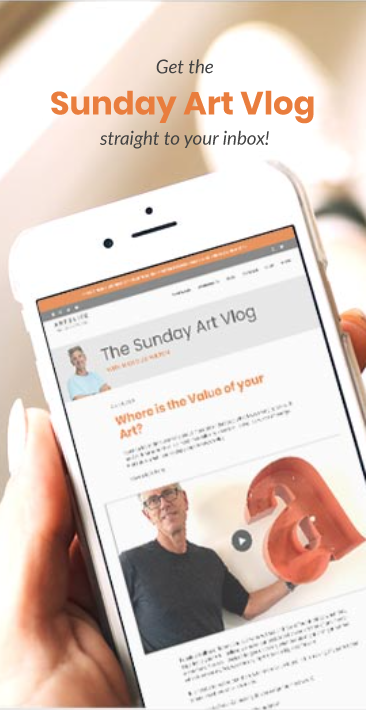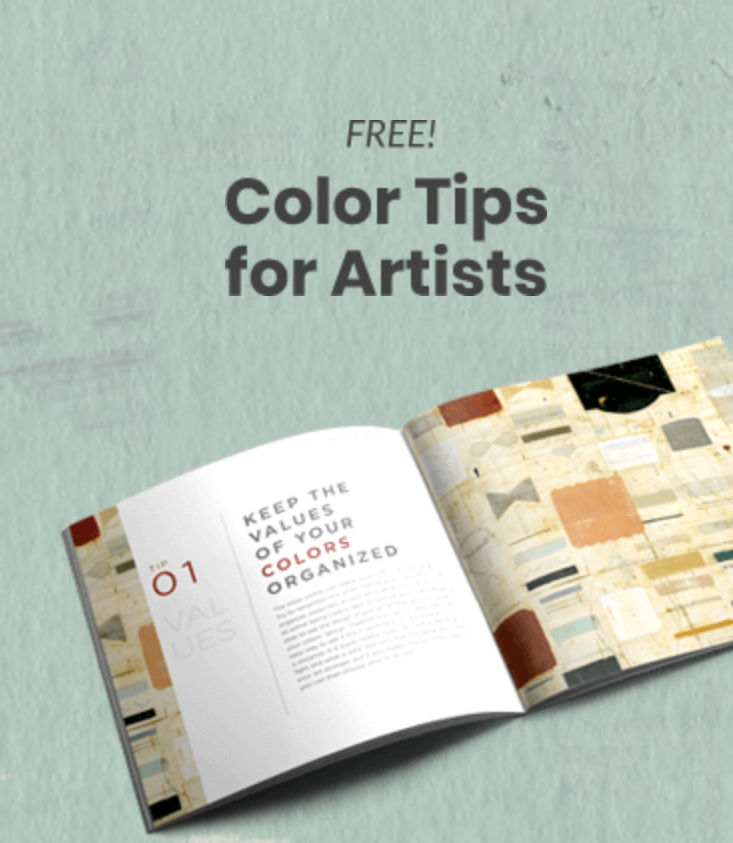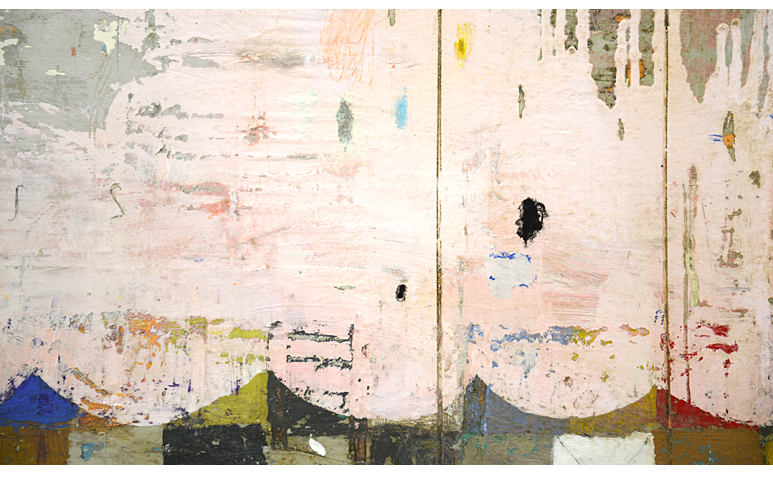There are many challenges facing artists but one of the most pervasive, especially with artists who are just beginning, is selling their art. Whether you sell your work or not does not matter, of course, although many people do want this outcome.
I know I did when I started. I still do, as I could not afford to make art otherwise.
Part of the problem is the actual making of art doesn’t always leave you feeling particularly bullish about the value of your artwork. If you are like me, the better the work ends up being in hindsight, the more insecure, the more unsure I was when I finished it. Sometimes I just know, but often if I have really broken through—which is what I am trying to do all the time, I wont necessarily recognize the work as particularly strong. I just can’t see it objectively. There is vulnerability involved in making authentic artwork. It just doesn’t seem to build your self-esteem, your confidence up. It is hard to put a high price on something if you feel slightly unsure. As a result artists frequently undervalue their own work.
Figuring out the money part is challenging. I would like to offer a few lessons I have learned that have helped me in this aspect of my career.
Finding your price point
Your work will sell at a certain price. (And it is crucial to put your art in front of the right audience, but leaving that aside for now.) However, generally speaking if you haven’t sold your work before, you need to find that price. Sometimes we can price our work too high. In a way this is good, for the artist should value their work. Erring on the side of too high seems reasonable. However, if the outcome is few or no sales then the artist is left with a bit of an emotional tide to swim against when setting about making more art. It is hard in the face of no sales, even though this has no relationship to how good you should feel about your art, to plow ahead and make 10 more of what you just didn’t sell. Far better to have sold some, even if they sold for a bit less than you would of liked, because the net resulting feeling is positive and most importantly you are more motivated to make more Art! So don’t worry, especially in the beginning, if you price your art on the low side. Prices generally can only be raised because the art sells, so don’t let a too high price stop sales, especially in the beginning.
[Tweet “”Share your success so you can have more.” – Nicholas Wilton”]
There is more where that came from.
If your objective is to sell your art, especially when starting out, it is important to re remember this idea about abundance. We make art and we put all the care in the world into it. We micro manage every aspect of its birth. However once it leaves us and heads off to a gallery or is for sale then we need to lighten up about its future. Obsessing too much on getting exactly what you want and not a penny less is, in my opinion, not where the energy of the artist is best spent. If you end up selling it for what might seem a bit less than what you would like then first congratulate yourself on selling something – this alone is no small feat – and then instead of bringing in negative thoughts around this positive occurrence, use the positivity, your good fortune to begin another piece of art. Selling Art is partly perpetuated by simply selling art. Keeping your mindset positive and inspired so that you can make more art is key.
Share your success so you can have more.
I hate to say it but one of the key human motivators is money. I know it seems better to keep all the income from possible sales of your artwork, in other words, cut out all those middlemen, galleries, designers etc. In the short term this might be the way to go. It certainly feels better keeping all the profit. But if the selling of your art, can allow other people to make money, then you suddenly have more than just you interested in the sale. When you can make it easy and possible for others to profit from your success, you will have a thriving business. It is hard, but try to think of all those percentages you might share with others as an investment in your career. Try not to think of what you are giving away, but instead think of all you can create in the future with others helping you to sell your artwork.
The idea that we can create something out of nothing, over and over and over again is important to remember when dealing with the marketplace. We, unlike most businesses, can generate product – our art – out of virtually nothing, over and over again. The supply is endless and if you are like me, you wouldn’t want it any other way. In my opinion the deck is stacked in our favor. Don’t let the tiny side show of selling your art distract too much from the awesome creative endeavor of making your Art.
What has your experience been in selling your work? How do you approach this aspect of your art practice? Please share your thoughts and comments below.
In gratitude, Nicholas

Hi! I’m
Nicholas Wilton
the founder of Art2Life.
With over 20 years experience as a working artist and educator, I’ve developed a systematic approach that brings authenticity, spontaneity and joy back into the creative process.
Join me and artists from all over the world in our Free Art2Life Artists Facebook Group or learn more here about Art2Life.


